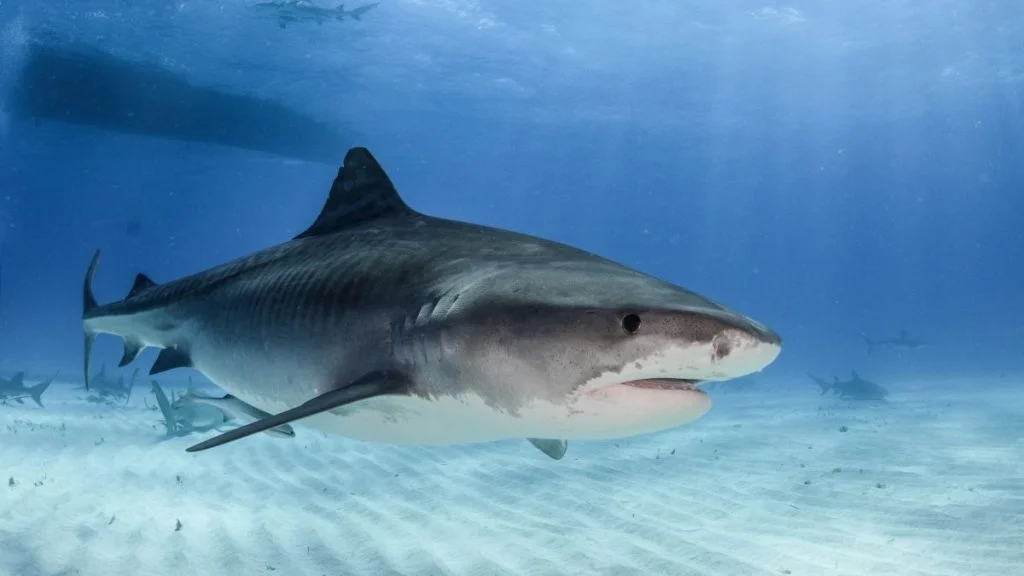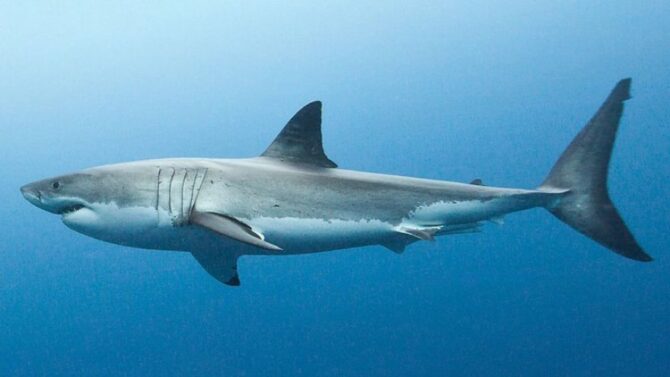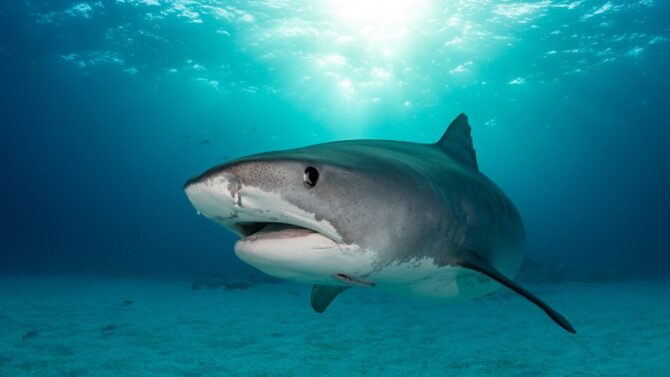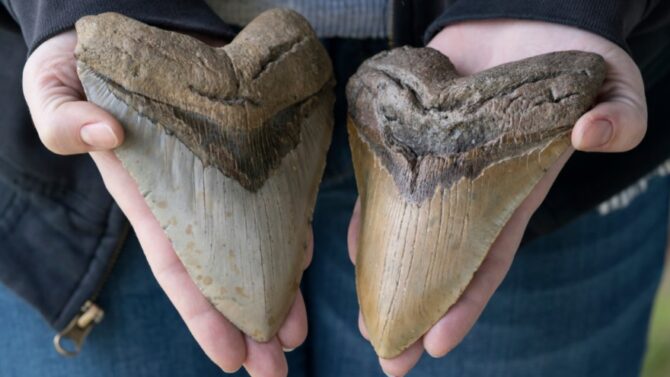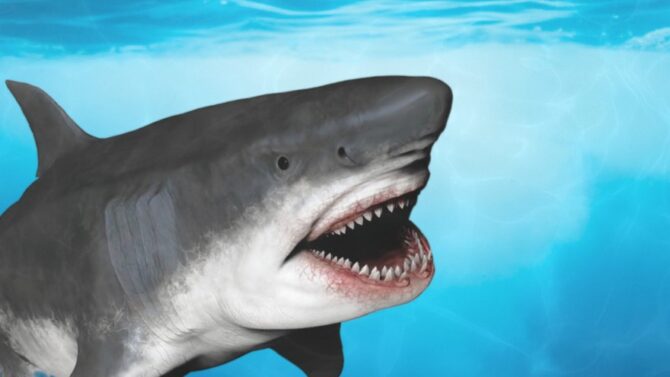Many assumptions and myths about sharks have been researched and found to be false and unfounded.
Based on the characteristics of sharks, you may wonder: “are sharks tetrapods?”
Sharks are not tetrapods but are vertebrates living in the sea. Tetrapods are animals classified as vertebrates having four limbs.
Evolution over time has aided the diverse nature of tetrapods into reptiles, mammals, and amphibians. Sharks do not belong to this class of vertebrates.
Sharks are one of the oldest sea creatures and have undergone different evolutions resulting in diversity in their species.
They have lived for around 400 million years, outliving the now-extinct dinosaurs and other aquatic creatures.
Read on to discover more facts about the nature of the shark.
What are Tetrapods?
Tetrapods are vertebrates with four limbs. The Greek translation of tetrapods, “tetra” and “pods,” means “four” and “limbs,” respectively.
They are four-limbed vertebrates, including birds, mammals, amphibians, and reptiles.
Tetrapods are of different sizes, with the smallest member of the tetrapods family (Paedophyrine frog) 8mm long and the largest being the blue whale (30m long).
Some groups of animals that are tetrapods include dolphins, whales, hawks, sea lions, otters, sea turtles, sea snakes, salamanders, frogs, etc.
Tetrapods existed during the Devonian period about 390 million years back and have undergone different forms of evolution.1
One unique feature of Tetrapods is that they are made up of three-chambered hearts.
Are Sharks Tetrapods?
The answer is no; sharks are not tetrapods. Tetrapods are vertebrate animals with four limbs, including mammals, amphibians, birds, reptiles, etc.
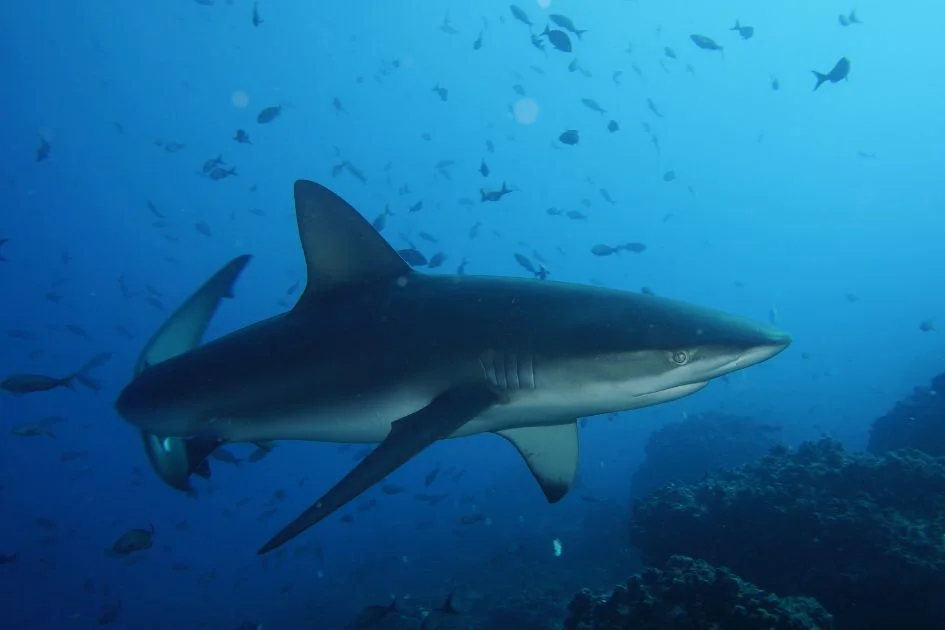
Evolution has led some tetrapods, like snakes, to a state of living without legs.
Sharks and other sea creatures are vertebrates living in the sea, while tetrapods are vertebrates living on land.
Not all vertebrates are tetrapods, but all tetrapods are vertebrates.
Tetrapodomorpha are creatures that evolved to be known as tetrapods, and further, they evolved to become the sarcopterygian fish.
These animals existed during the Carboniferous period, estimated to be around 350 million years ago.2
It is, however, unclear how the first-generation tetrapods happened to colonize the land and how they could move on the water as they previously walked on land only.
Tetrapods before now were majorly aquatic but evolved to being semiaquatic over time.
Why are Sharks not Tetrapods?
Sharks are not considered tetrapods because they are not four-limbed vertebrates. They are of the Chondrichthyes class, including other fishes.
However, tetrapods are of the Osteichthhytes class, which were the evolutionary products of Chondrichthyes.
Sharks possess cartilage and do not have legs but, through adaptation, have undergone some physical changes, which enable them to survive in the aquatic habitat.
What Animals are Tetrapods?
Tetrapods comprise mammals, reptiles, and amphibians. Vertebrates with four limb features, that is, two hind limbs and two forelimbs, are tetrapods.
Birds, frogs, dogs, crocodiles, and humans, among many others, are considered tetrapods.
As a result of evolution, some animals, like whales, have undergone modifications, changing some of their physical attributes to adapt to their habitat.
What are the Features of a Shark?
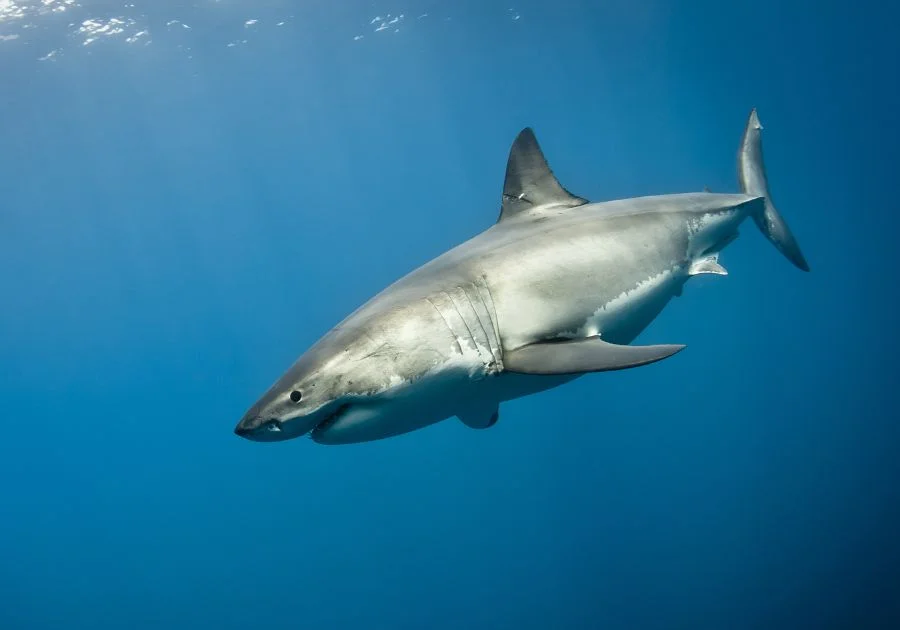
Even though there are diverse species of sharks (approximately 520), their anatomy does not differ.
This is a distinguishing feature of sharks from other sea creatures like dolphins and whales.
Different shark species may differ in shapes, colors, and sizes, but they generally possess cartilage, not bones.
The general features include the following:
- Dermal denticles covered skin
- Strongly developed senses
- Presence of cartilage and not bones
- Fins and tail
- Large and strong jaws
- Great eyesight
- Efficient liver
- Ampullae of lorenzini
- Lateral line
- Great hearing and smelling ability
What is the Origin of Sharks?
It is not clear how sharks originated. However, sharks have existed for over 400 million years, dating back to the Devonian era.
In the Carboniferous period, shark-like fish existed and were the dominant vertebrates.
The modern sharks came into existence in the early Jurassic era as far back as over 200 million years ago. By the Cretaceous era, they had evolved into the present-day species.
Sharks exist in different parts of the world. Their movements and behaviors change regularly due to seasons, reproduction, feeding, etc.
Some sharks, like the bull shark, can adapt to fresh waters. The sizes of sharks differ according to their species, with the riverine sharks in small and medium lengths.
How Do Sharks Behave?
Sharks exist at different water levels, at the surface and subsurface levels.
Some sharks have been observed to live in the company of others, while others live by themselves, and some sometimes migrate far distances for feeding and breeding.
Several wrong pieces of information about sharks behaviors are circulating across different cultures, and the most recent portrayals suggest they are blood-thirsty creatures that attack humans.
Sharks are not out to hunt humans despite the increase in shark attacks.
In the United States, the chances of a shark attack on humans while on the water are estimated to be about 1 in 11.5 million, which is very low.3
However, they can sometimes confuse humans as prey and may bite to defend against attacks and threats, but the likelihood of a shark attack is rare.
Dive Deeper:
Do Sharks Have Emotions, Feelings, Or Feel Affection?
FAQs
Do sharks have tetrapod limbs?
No, sharks do not have tetrapod limbs. However, some tetrapods have undergone an evolution, making them adapt to existing without legs, e.g., snakes.
Although fish are vertebrates living in the sea, tetrapods are vertebrates living on land and belong to the subphylum Vertebrata class.
How many fins does a shark have
Unlike tetrapods with four limbs, most sharks have eight fins that perform different functions: two dorsal fins, a pair of pelvic fins, a pair of pectoral fins, a caudal fin, and an anal fin.
The dorsal and pectoral fins aid the stability of sharks when they swim. With their stiff nature, the pectoral fins act as the steering, enabling lifting and downward movements. The caudal fins help with the forward and backward movement.
How long do sharks live?
The lifespan of sharks is largely dependent on the species. Accurate data about how long sharks live are unavailable, but the oldest sharks differ in species.
Some sharks, like smooth dogfish (Mustelus canis) and porbeagle shark (Lamna nasus), have a lifespan of 16 years and 46 years, respectively.
In contrast, the lifespan of the world’s largest fish, the Whale shark (Rhincodon typus), is over 100 years, while the Greenland shark (Somniosus microcephalus) can live more than 400 years.
What is the population of sharks?
No records tell exactly how many exist in the global shark population. However, it is estimated that about 100 million sharks are exterminated annually for various reasons.
In China, shark fins are used in dishes, thereby contributing to the decline in the population of sharks.
Other reasons that make them endangered include shark finning, high water temperature, and encroachment of water bodies by humans.
How many species of sharks exist?
The estimated number of shark species is approximately 520. However, scientists continue to discover new shark species.
According to fossil records, different species have evolved; the first species existed as far back as 400 million years ago. In all, there are over 1,000 different species of rays and sharks.
Wrap Up
Sharks possess cartilage and are not Tetrapods. Tetrapods possess the distinctive feature of four limbs.
Sharks are currently endangered and at risk of extinction due to human activities.
These animals form a crucial part of the biodiversity of water bodies and the food cycle.
Check out these interesting articles:
References & Notes
- Devonian Period. Britannica.
- The Carboniferous Period. UCMP.
- What are the Odds? International Shark Attack File.
